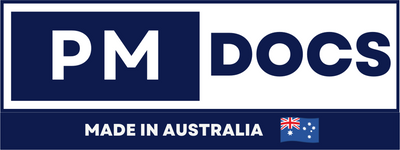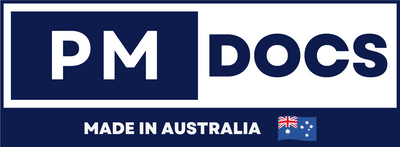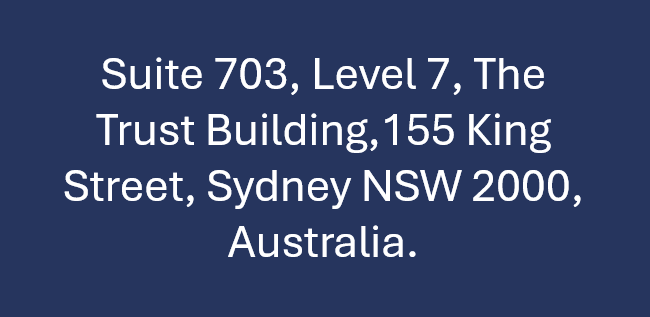How Data Governance Improves Compliance With OAIC In Australia
Introduction
In today's data-driven world, businesses must navigate a complex landscape of regulations to ensure data privacy and security. In Australia, the Office of the Australian Information Commissioner (OAIC) plays a crucial role in enforcing data privacy laws, making compliance with these regulations a top priority for organizations. Implementing robust data governance practices can significantly aid in meeting OAIC compliance requirements. This article will explore the relationship between data governance and OAIC compliance and provide practical steps for improving your data management strategies.

Key Components Of Data Governance
-
Data Quality Management: Ensures data accuracy, completeness, and reliability.
-
Data Stewardship: Assigns roles and responsibilities for managing data assets.
-
Data Policies and Standards: Establishes rules for data handling and usage.
-
Data Security and Privacy: Protects data from unauthorized access and breaches.
-
Compliance and Risk Management: Ensures adherence to regulatory requirements.
The OAIC And Its Role In Data Privacy
The OAIC is responsible for overseeing the implementation of the Privacy Act 1988 and other related legislation in Australia. It provides guidance on data privacy practices and investigates data breaches. The OAIC aims to protect individuals' personal information while facilitating the responsible use of data by organizations.
1. OAIC Compliance Requirements
To comply with OAIC regulations, businesses must adhere to several key principles:
-
Open and Transparent Management: Organizations must manage personal information openly and transparently.
-
Anonymity and Pseudonymity: Wherever lawful and practicable, individuals should have the option not to identify themselves.
-
Collection of Solicited Personal Information: Organizations should only collect personal information that is necessary for their functions or activities.
-
Dealing with Unsolicited Personal Information: Unsolicited personal information should be handled responsibly.
-
Notification of Collection: Individuals should be informed about the collection of their personal information.
How Data Governance Enhances OAIC Compliance
Implementing a strong data governance framework can streamline compliance with OAIC requirements. Here's how:
1. Improved Data Management
Data governance ensures that data is accurate, complete, and up-to-date. By maintaining high-quality data, organizations can make more informed decisions and reduce the risk of non-compliance with OAIC requirements.
2. Enhanced Data Security
Data governance emphasizes the protection of data through security measures, such as encryption and access controls. These measures help prevent unauthorized access and data breaches, ensuring compliance with OAIC's data privacy standards.
3. Clear Accountability
Data governance defines roles and responsibilities for data management, promoting accountability across the organization. This clarity helps ensure that compliance tasks are completed efficiently and effectively.
4. Consistent Data Policies
Data governance establishes standardized policies and procedures for data handling, ensuring consistency across the organization. This consistency is crucial for maintaining compliance with OAIC regulations.
Steps To Implement Effective Data Governance
To improve compliance with OAIC through data governance, organizations can take the following steps:
1. Assess Current Data Management Practices
Begin by evaluating your existing data management practices. Identify gaps and areas for improvement in data quality, security, and compliance.
2. Develop a Data Governance Framework
Create a comprehensive data governance framework that outlines roles, responsibilities, policies, and procedures for managing data. Ensure this framework aligns with OAIC requirements.
3. Establish Data Stewardship Roles
Assign data stewardship roles to individuals responsible for managing data assets. These stewards will oversee data quality, security, and compliance efforts.
4. Implement Data Security Measures
Deploy security measures, such as encryption, access controls, and regular audits, to protect data from unauthorized access and breaches.
5. Monitor and Review Data Practices
Regularly monitor and review data management practices to ensure ongoing compliance with OAIC regulations. Make necessary adjustments to policies and procedures as needed.
Conclusion
Data governance is a critical component of ensuring compliance with OAIC regulations in Australia. By implementing a robust data governance framework, organizations can improve their data management practices, enhance data security, and meet regulatory requirements more effectively. As data continues to play an integral role in business operations, prioritizing data governance will not only aid in compliance but also contribute to overall organizational success.




